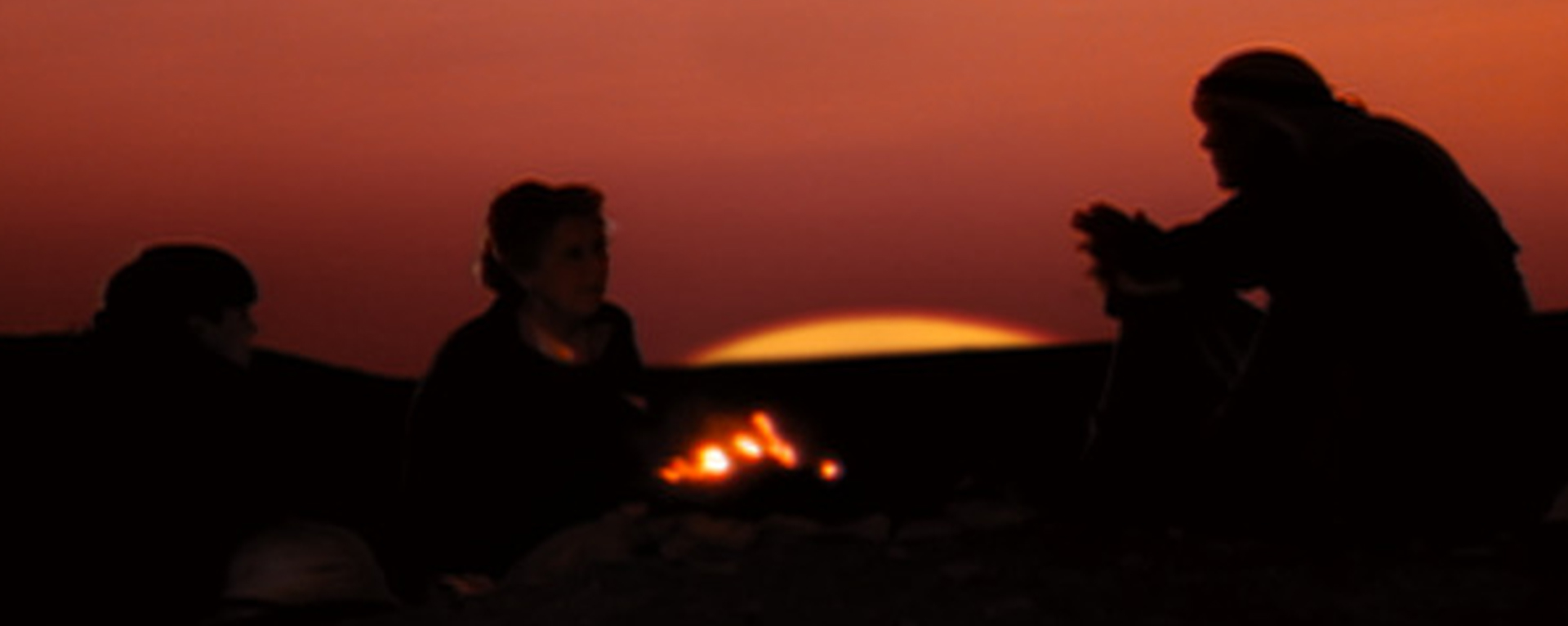Defining Moments: “Time Stands Still”
The Start of a Lifetime of Adventures for Indiana Jones
When the premiere episode of The Young Indiana Jones Chronicles arrived on television screens 30 years ago today in 1992, audiences were filled with expectation. Many loyal fans of the original film series hoped for the same adventure and escapades that had first captured their imagination in Raiders of the Lost Ark (1981). There was plenty to be had, from the 10-year-old Indy’s (Corey Carrier) journey inside an ancient Egyptian tomb to the teenaged Indy’s (Sean Patrick Flanery) intrepid enlistment with Francisco “Pancho” Villa in the Mexican Revolution.
Audiences would also discover that Lucasfilm’s new series was a meditative one, rich with insightful dialogues between a curious young boy in the form of Indy and some of the early 20th century’s most interesting thinkers. The premiere episode included a conversation at the foot of an ancient pyramid where Indy first discovers his vocational passion.
Accompanying his parents on a world lecture tour given by his father, the 10-year-old Indy finds himself a long way from home back in Princeton, New Jersey. The boy and his tutor, the fiercely intelligent Ms. Helen Seymour (Margaret Tyzack), find themselves climbing up the side of one of the ancient Egyptian pyramids at Giza. They reach the top only to discover their camel porter below has abandoned them, dissatisfied with his payment, and leaving the student and teacher stranded as night approaches.
With hope of rescue fading, Indy and Ms. Seymour glimpse a lone figure emerging on the horizon, a man riding a bicycle. He’s revealed to be one T. E. Lawrence (Joseph Bennett), future “Lawrence of Arabia,” and one of dozens of true-life historical figures to appear in the fictional series. Ned, as he’s known to friends, is acquainted with Ms. Seymour, and at that time circa 1908, was touring historic sites in the Middle East. He recommends their trio build a fire and spend the night alongside the ancient edifice.
“Time stands still, it has no meaning,” Lawrence tells Indy of the moment one first enters a burial chamber like those within the pyramids. “When you open a tomb, you let in the light, the first light that place has seen for three or four thousand years. Your feet are the first to trek that floor since the feet of the men who made it. You may even see their footsteps go before you in the dust.”
An enraptured Indy responds that he’d like to become an archaeologist. “Maybe you’ll add a new page to history,” Lawrence says, “or discover a treasure beyond price.” When the boy infers that he’d then become wealthy, Lawrence gently corrects him that archaeologists don’t pursue their science for riches. “Archaeology doesn’t steal from the past,” he says, “it opens it, so that everyone may learn from its treasures.”
Those who knew the Indiana Jones feature films might’ve imagined the onscreen exploits of Harrison Ford’s take on the character, as the grown-up Indy fulfills his youthful aspiration. But the scene was also a means of direct communication to the audience, especially the children among them. Executive producer George Lucas had envisioned the program as an educational one that inspired children to learn from history and discover the many wonders and lessons of the world’s peoples, places, and cultures.
From there, the conversation turns metaphysical, as a curious Indy asks about the ancient Egyptian’s belief in the afterlife. Lawrence explains why the Pharaohs filled their tombs with earthly possessions to accompany their own spirits. With the clarity of a child’s mind, Indy asks “what does happen when you die?” to which Lawrence provides multiple answers from a number of the world’s dominant religions, from paradise to reincarnation.
“Where do we come from? Where do we go?” ponders Lawrence. “It’s one of the truly great mysteries, and the spark of most great religions. So nearly all of them have an answer to what what happens when we die.” Indy asks which one is true, but Lawrence mystically responds, “No one’s come back to tell us.” He playfully, and perhaps a little too passionately, tells Indy of a fantastical encounter with a mummy and its shuffling through the dusty tomb. Enamored with the young man and carried away in his imagination, Indy is mesmerized.
Before the premiere episode had aired, TV Guide published a brief essay written by George Lucas where he commented on the scene. “Lawrence [discusses] with Indy issues that plagued me when I was a child,” he said, “where do we come from, and what happens when we die? I began to ask those questions when I was eight or nine and never got sufficiently satisfying answers.”
Around the flickering light of a campfire, humans ask questions, ponder mysteries, and tell each other stories. Within a globetrotting television series full of hijinks and escapades, George Lucas delicately wove in a little philosophy and imagination. And in the interest of the series itself, the conversation marked the beginning of a lasting friendship between Ned and Indy, one that would help mold the iconic archaeologist.
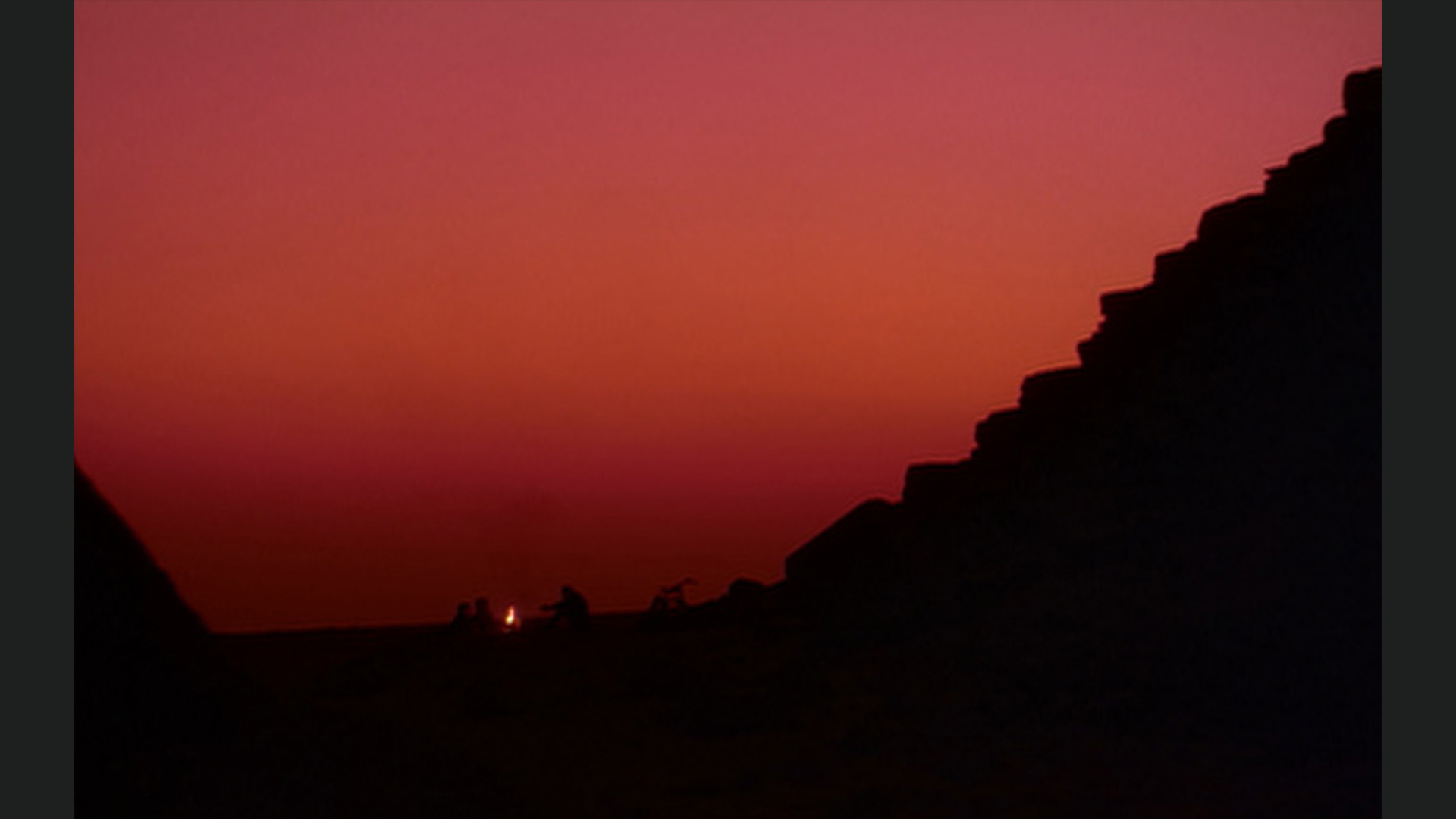
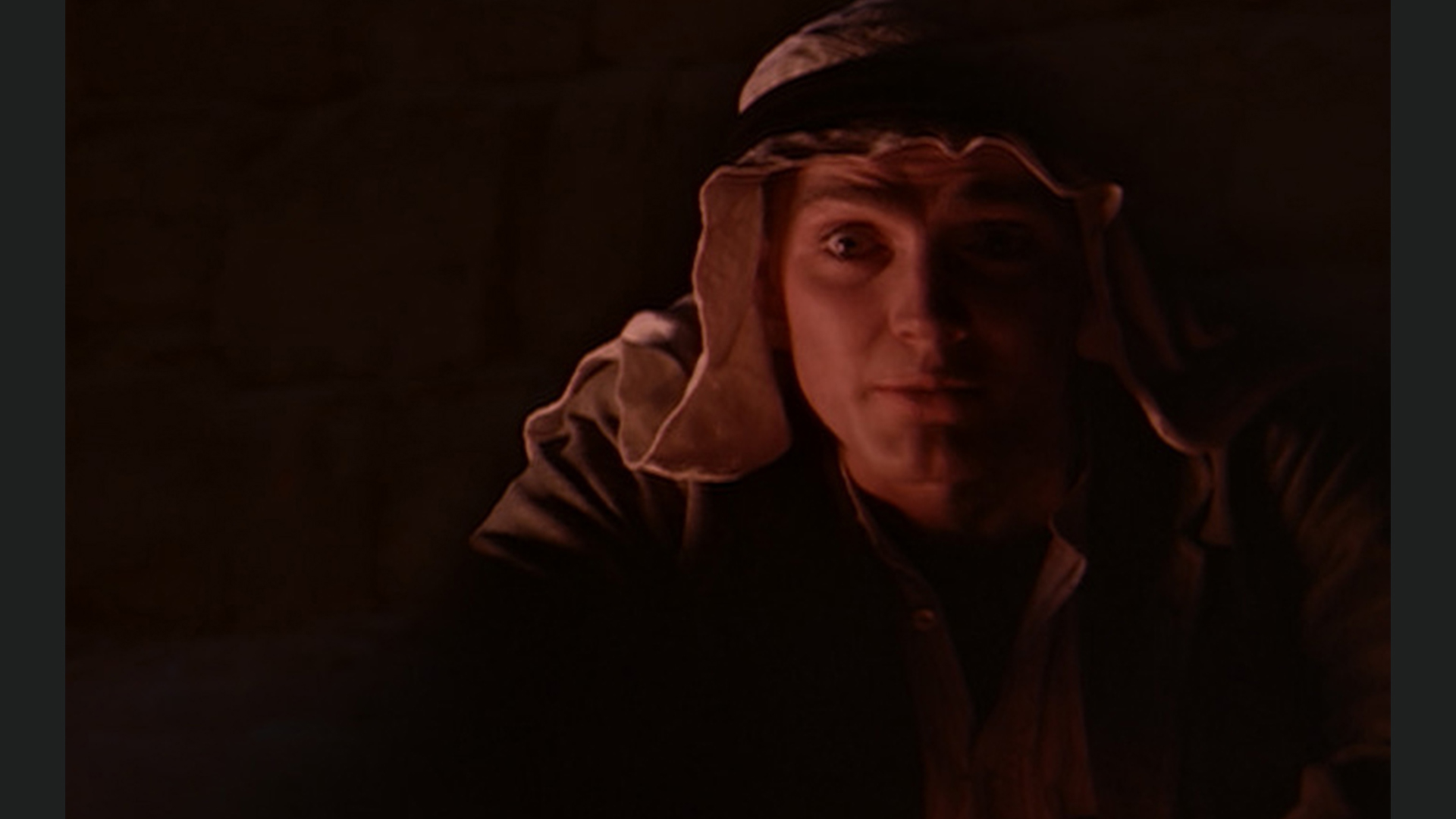
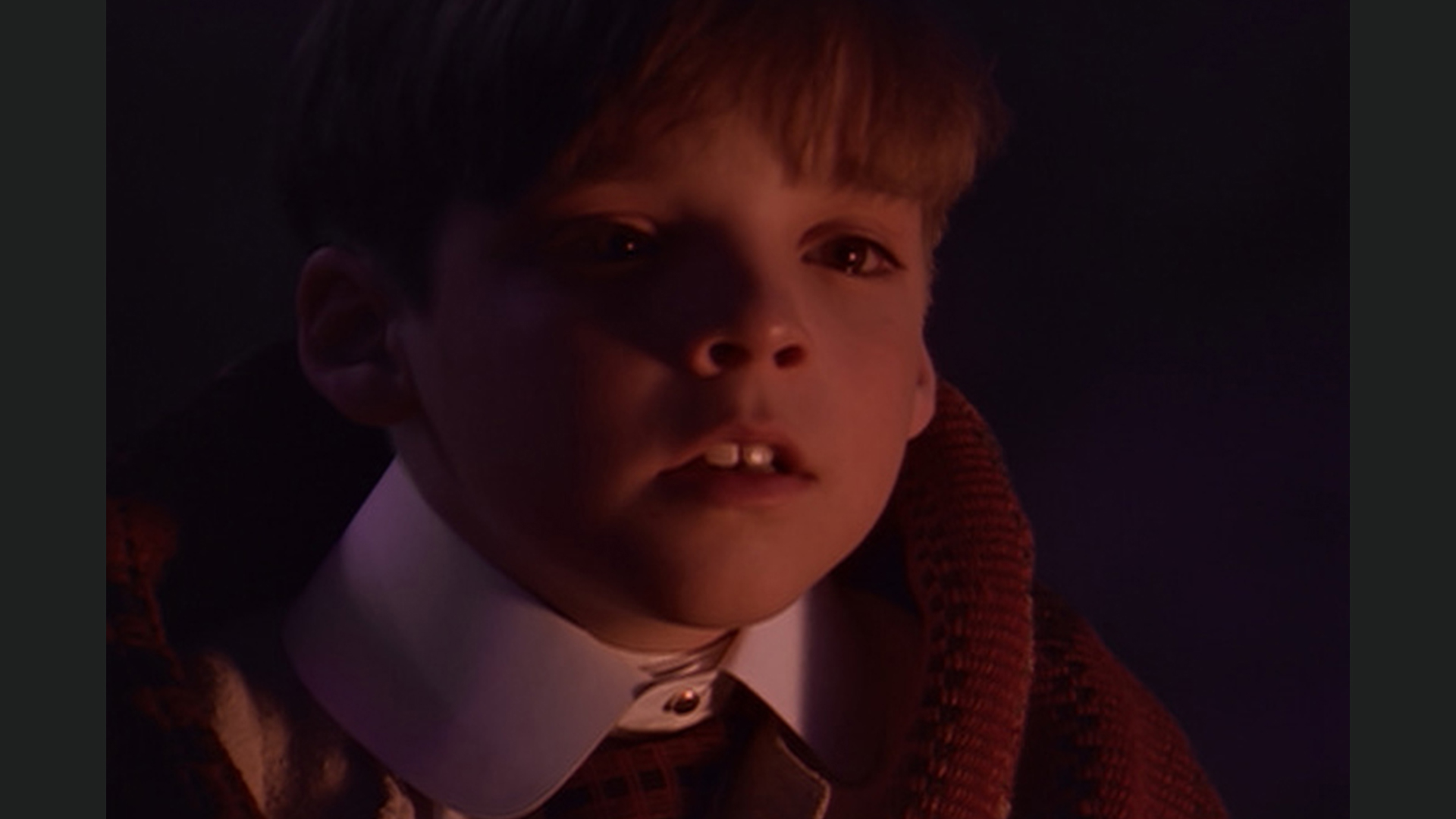
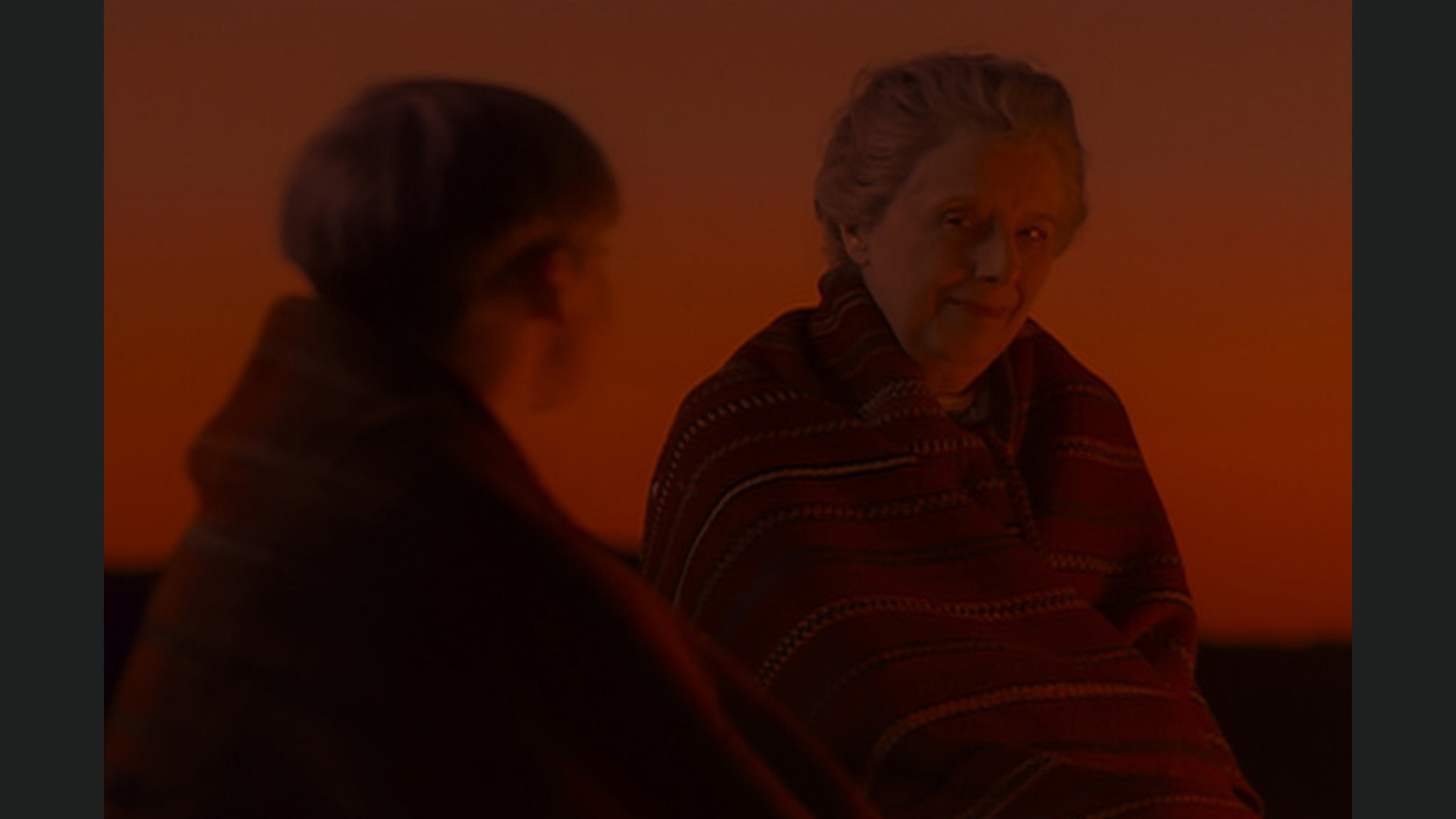
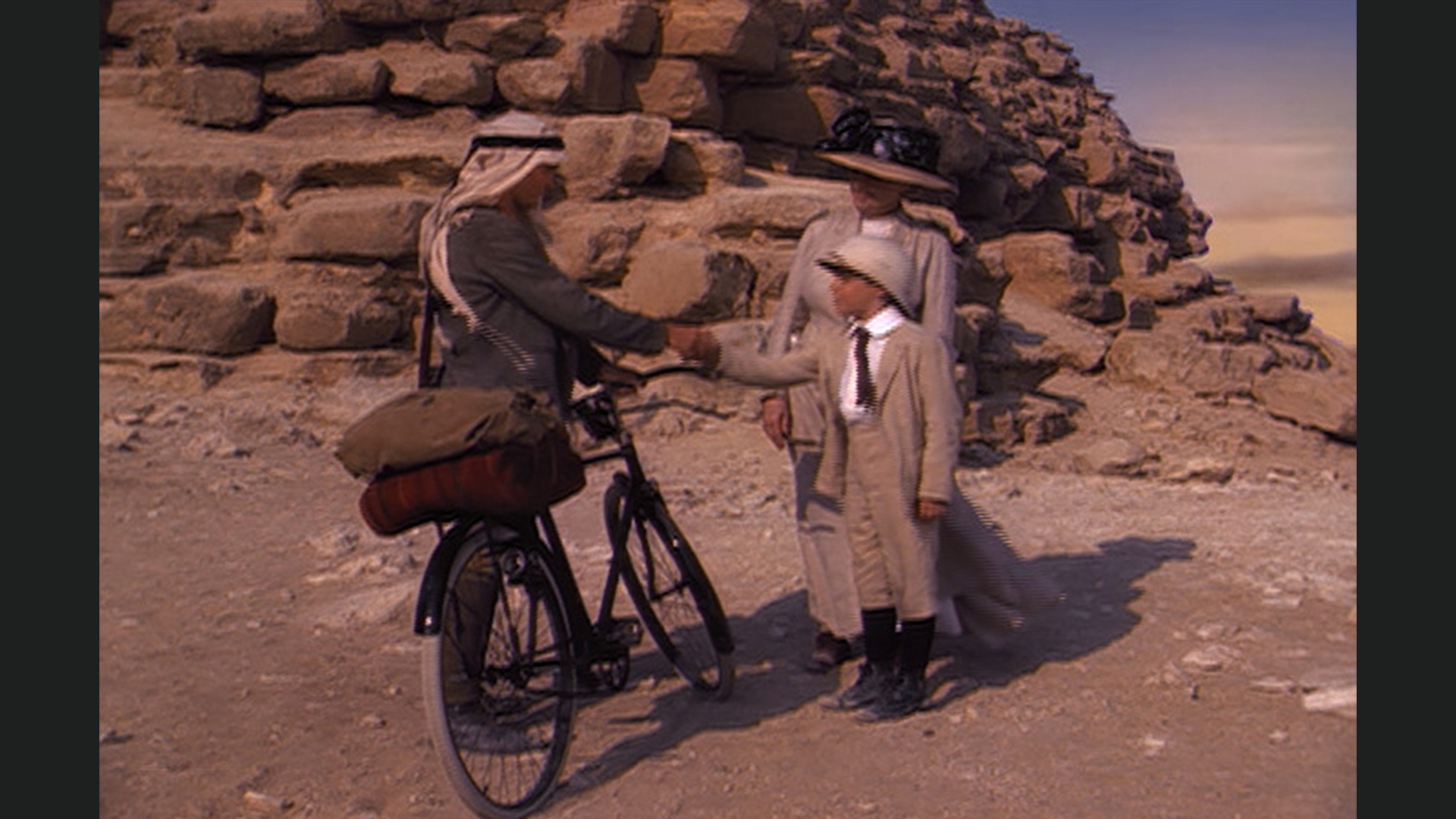
Lucas O. Seastrom is a writer and historian at Lucasfilm.

